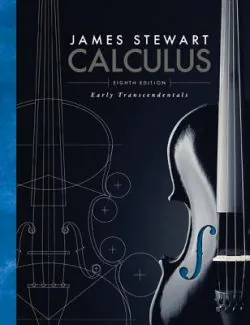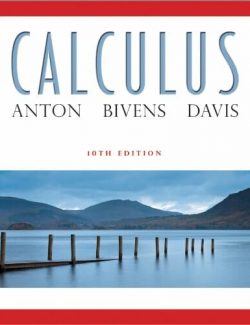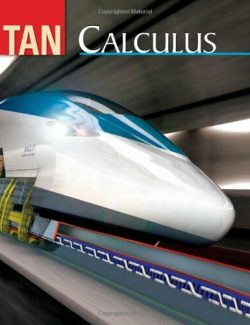Description
Success in your calculus course starts here! James Stewart’s CALCULUS: EARLY TRANSCENDENTALS texts are world-wide best-sellers for a reason: they are clear, accurate, and filled with relevant, real-world examples. With CALCULUS: EARLY TRANSCENDENTALS, Eighth Edition, Stewart conveys not only the utility of calculus to help you develop technical competence, but also gives you an appreciation for the intrinsic beauty of the subject. His patient examples and built-in learning aids will help you build your mathematical confidence and achieve your goals in the course.
In the Eighth Edition of CALCULUS: EARLY TRANSCENDENTALS, Stewart continues to set the standard for the course while adding carefully revised content. The patient explanations, superb exercises, focus on problem solving, and carefully graded problem sets that have made Stewart’s texts best-sellers continue to provide a strong foundation for the Eighth Edition. From the most unprepared student to the most mathematically gifted, Stewart’s writing and presentation serve to enhance understanding and build confidence.













Leave us a comment
12 Comments